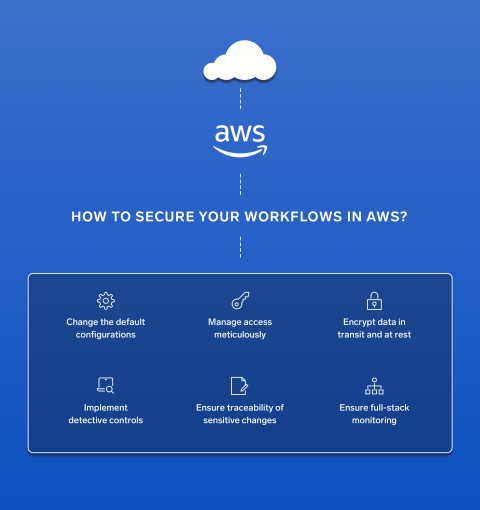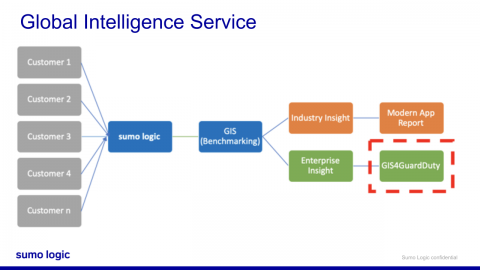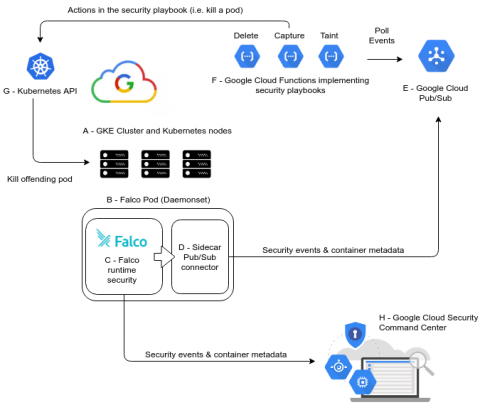Cloud Security and Risk Mitigation
The cloud certainly offers its advantages, yet as with any large-scale deployment, the cloud can offer some unforeseen challenges. The concept of the cloud just being “someone else’s data center” has always been a cringe moment for me because this assumes release of security responsibility since ‘someone else will take care of it’.








